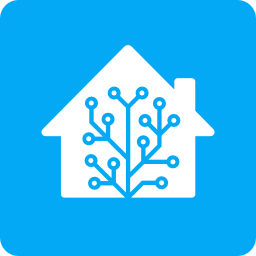

What software is the dashboard in? I’ve seen similar ones here before but not sure what people are using to see it all at a glance like that.


What software is the dashboard in? I’ve seen similar ones here before but not sure what people are using to see it all at a glance like that.
Appreciate your take on this and specifically mentioning that you have a VM for Home Assistant. That was a lightbulb moment for me as I like how easy it is to manage updates as an OS install rather than in a Docker container. If I ever get around to rebuilding my server architecture I’m definitely going to do this!
Each device has its own protocol/payload, but there is a utility called rtl_433 that can decode about 200 of them.
If you’re keen on tinkering a bit I would highly recommend going this route as it’s a lot of fun and opens the doors to do all kinds of stuff.
Start by getting an SDR. I don’t recommend the super tiny ones since they can get really hot (since it’ll be running 24/7). I have this one and recommend it as it comes with an antenna etc. Nooelec RTL-SDR v5 Bundle
While you’re waiting for that to arrive set up an MQTT broker if you haven’t got one running already (the Mosquitto add-on in HA) and install the rtl_433 add-on as well.
From there read the rtl_433 docs to set up a config file to scan for what you want. Out of interest I set mine to rotate through a bunch of common frequencies and let it go for 24h to see what it could pick up. It was quite interesting! Another good way to do this is any wireless device will have an FCC number on it. You can look that up on their website and it’ll tell you what frequency it’s using and you can have your SDR scan that. If you don’t specify any protocols the rtl_433 utility will try everything it knows how to decrypt. This can be CPU intensive especially on a Pi so once you know what protocol it is you can specify it in the config file to reduce CPU load.
Hopefully that’s enough to set you down the right path. Happy scanning!
Yup! In addition to temperature/humidity sensors, I’m also pulling in my gas meter and my home security sensors(I was using a big-name security company, but when my contract was up I kept the sensors installed and tapped into them with my SDR)
I second using an SDR with 433MHz devices. Incredibly reliable and low power.
Been using a nooelec SDR and one of these sensors:


I’ve had good luck with this Zigbee one. It’s on the larger side, but takes AAA batteries which is nice. THIRDREALITY Zigbee Door/Window Sensor
Alternatively, if you’re keen to tinker a bit you can get an SDR and then use 433MHz sensors. (Requires using RTL_433 and MQTT).
I was able to use the existing sensors from my traditional security system this way. Nice thing is that it’s the most reliable wireless components on my system and the battery lasts forever.
I would suggest a nooelec SDR like this one: Nooelec RTL-SDR v5 Bundle
And something like this for sensors: Door Magnetic Contact Sensor
You. I like you.
Honestly amazing setup. It’s more robust than some industrial applications I’ve seen.
Thanks for such a great write-up. I’ll definitely be referring back to it as I upgrade my homelab.
Cheers!